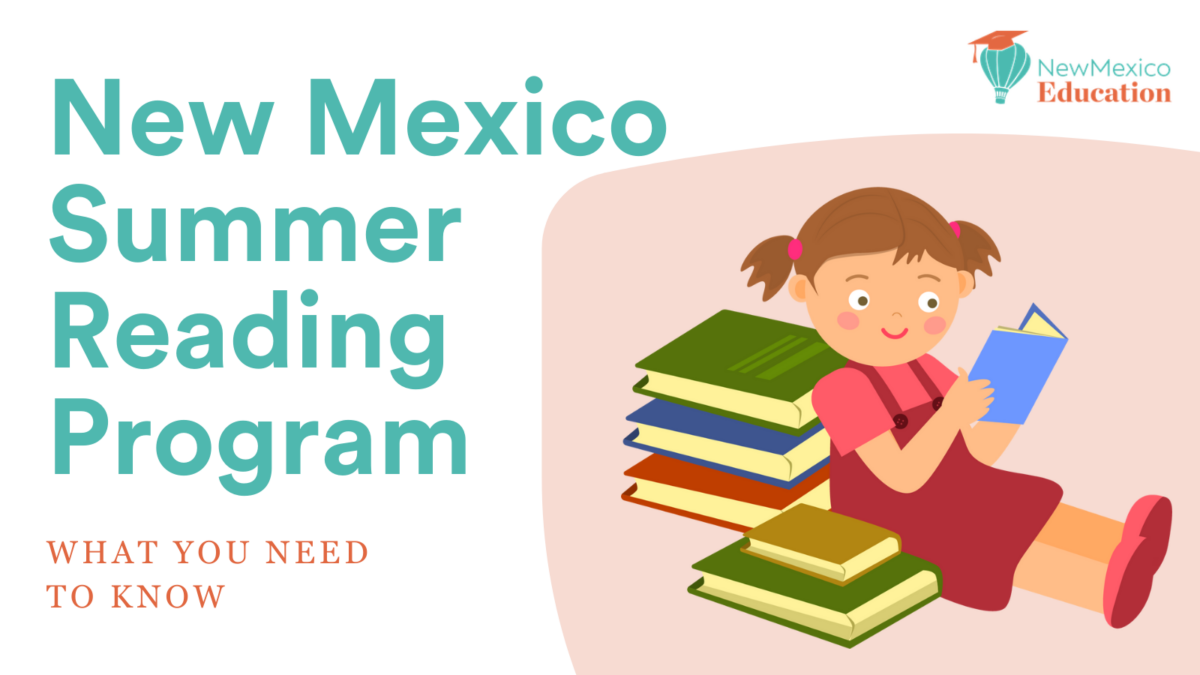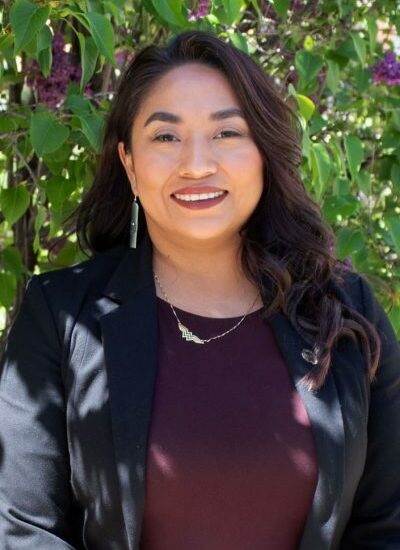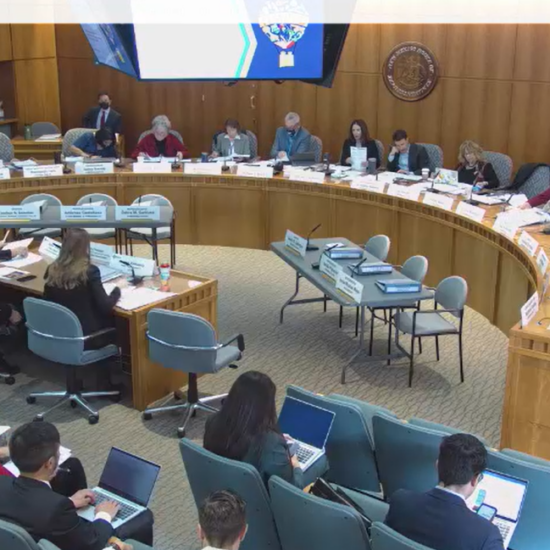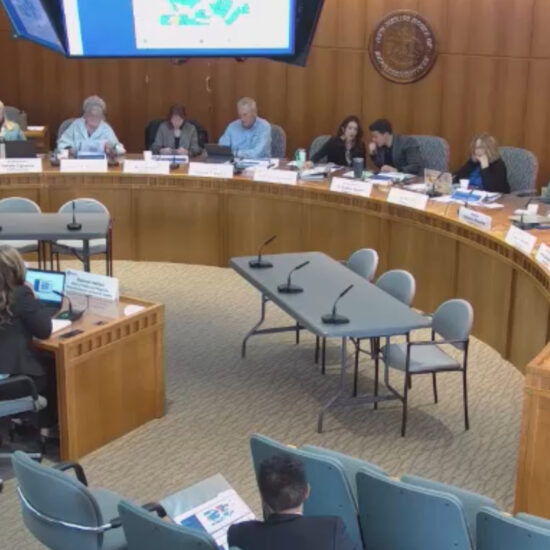
To tackle literacy challenges and combat “summer slide,” the New Mexico Department of Education (PED) is launching a $30 million initiative—the Summer Reading Program.
With a state proficiency rate in literacy standing at 34 percent, the program aims to provide support and improvement opportunities for students across New Mexico.
Families should be on the lookout for a media campaign from the state in the coming weeks with information on how to register their children for this program. The campaign will direct families to access registration forms and program details using advertisements on the radio, television, newspapers, and social media. While the program is being developed, registration has already opened for students.
What is the Summer Reading Program?
Designed as a resource for a broad spectrum of students, from incoming kindergarteners to outgoing eighth graders, the Summer Reading Program seeks to bolster the reading abilities and literacy proficiency of 10,000 students across New Mexico.
The program will be free for every student enrolled, thanks to funding appropriated by the state legislature. In March, lawmakers approved a $10.22 billion budget, with $30 million set aside for the Summer Reading Program.
PED Communications Director Janelle Garcia shared an information sheet that laid out the three main objectives of the program:
- Enhance student literacy skills.
- Measure student reading progress.
- Instill confidence in students’ academic abilities.
“With a statewide [literacy] proficiency of 34 percent, any and all students will benefit from the intervention,” Garcia said. “[This] is just one mechanism that can be used to combat what is traditionally known as the summer slide,” where students lose academic gains they made during the year over the summer break.
Who Should Apply for the Program?
Students who are entering kindergarten, all the way to students leaving the eighth grade will be eligible to participate in the Summer Reading Program.
The Public Education Department’s goal is to improve the reading proficiency of every student in the state. PED is not targeting specific groups of students, or students with in a certain range of reading performance.
“We want teachers and families to recommend and register students who need extra support in literacy and we will have summer program sites across the state reaching various geographic demographics,” Garcia said. “The program is open to all.”
Partnering for Success
School districts, charter schools, and tribal education departments are being asked to host the program, help spread the word and find students who could benefit from the free program.
Parents and families can register their students online here, or wait for further instructions from the upcoming advertising campaign.
Garcia said the success of this program is reliant on community partners who will help to make the program accessible to all students.
Partner Site Information
Partner organizations will play a crucial role in the program’s implementation, providing classroom spaces and serving as hubs for literacy instruction and intervention.
The PED is looking for these sites to be strategically distributed throughout the state to ensure accessibility for students from diverse geographic backgrounds. Partner sites will help promote the program within their respective communities, engaging families and students near them to maximize participation.
The PED has a four expectations of partner sites:
- Provide classroom spaces for four-hour instruction during a four-to-six-week duration.
- Promote the Summer Reading Program to students, families, and local communities.
- Provide student transportation, if necessary.
- Provide meals and snacks, if necessary.
Organizations interested in participating are encouraged to fill out the organization application.
Instructor Information
According to Garcia, the Summer Reading Program will rely on a team of literacy instructors, comprising current or retired educators, faculty members, and pre-service educators.
These instructors will serve as mentors for literacy improvement, providing targeted instruction and support to students throughout the program. Applicants are not required to hold a teaching license. All instructors will receive training led by literacy experts to promote effective literacy instruction.
Instructors will be paid $35 per hour for their time and may have the opportunity to continue their involvement beyond the summer months. Instructors will have a minimum commitment of 25 hours per week. If chosen to be an instructor, applicants must be available for literacy training at the end of May or the first part of June.
New Mexicans interested in becoming instructors should fill out the instructor application form.







